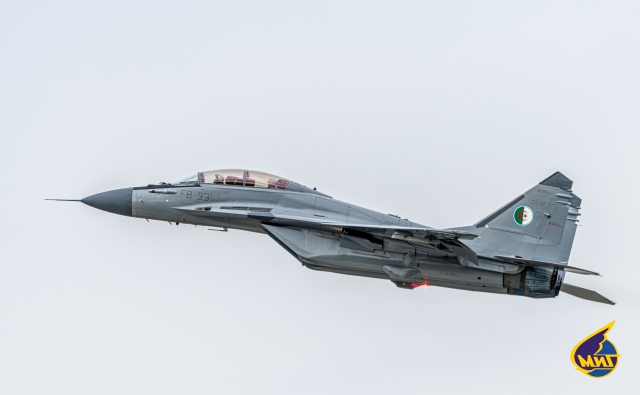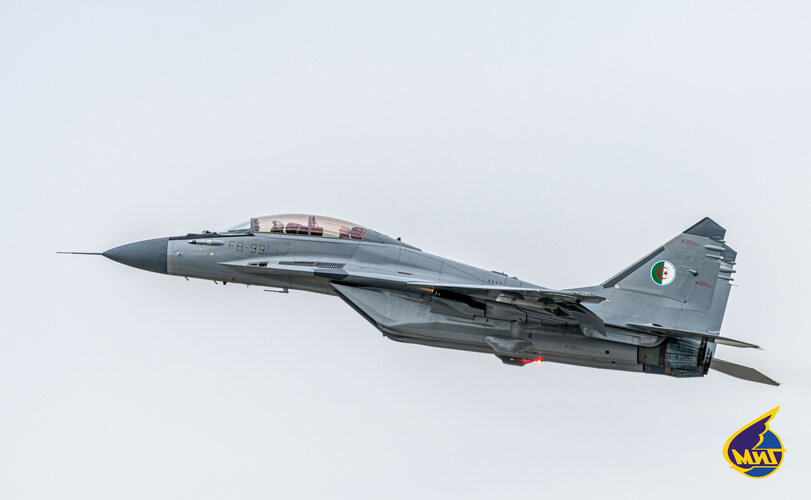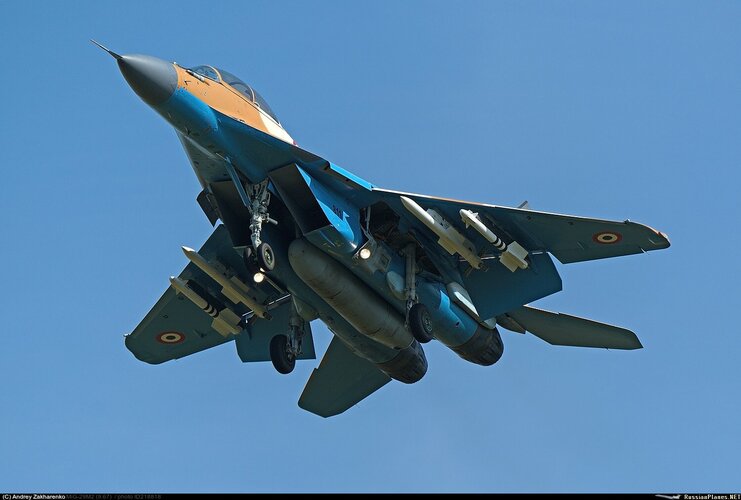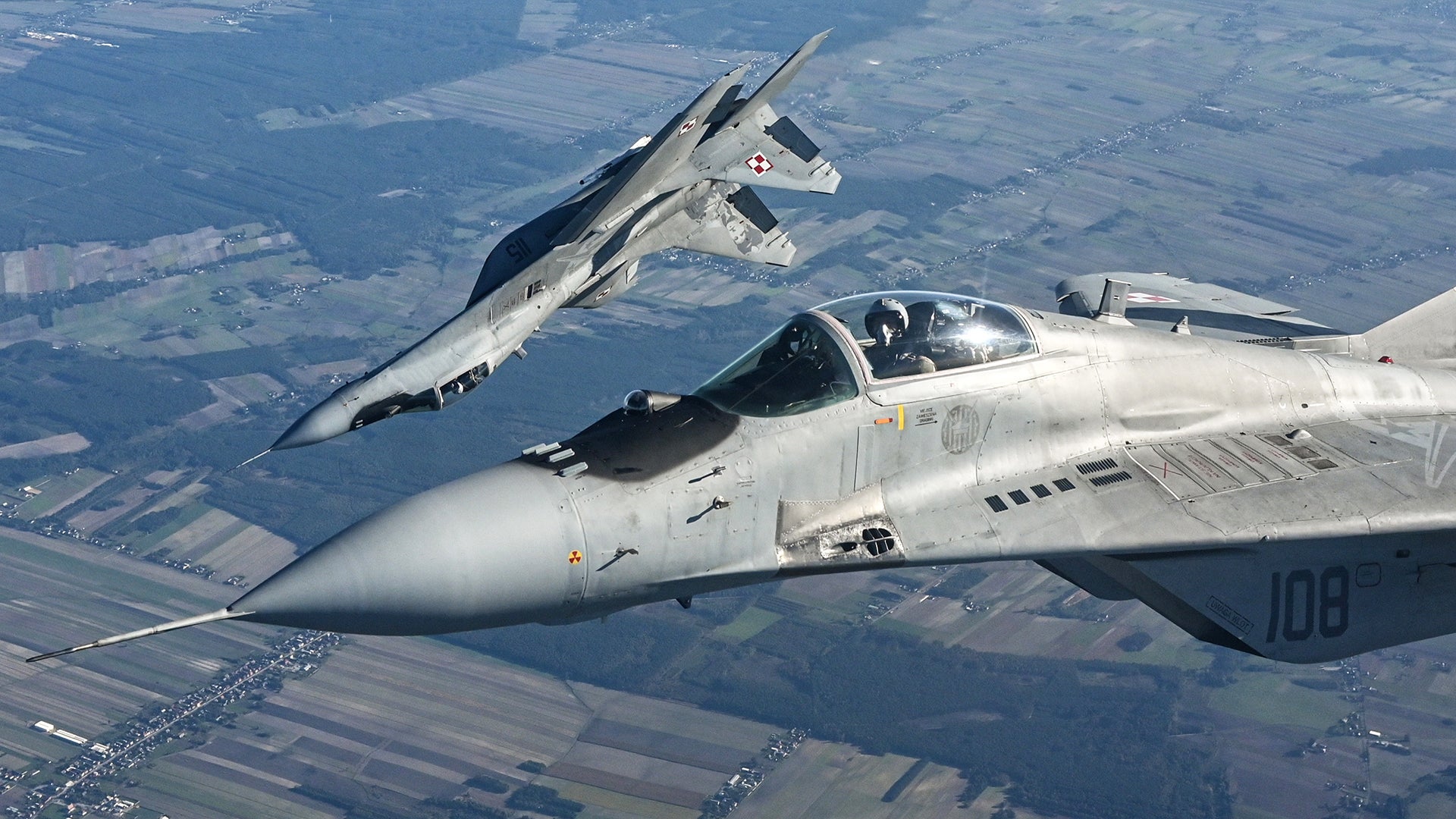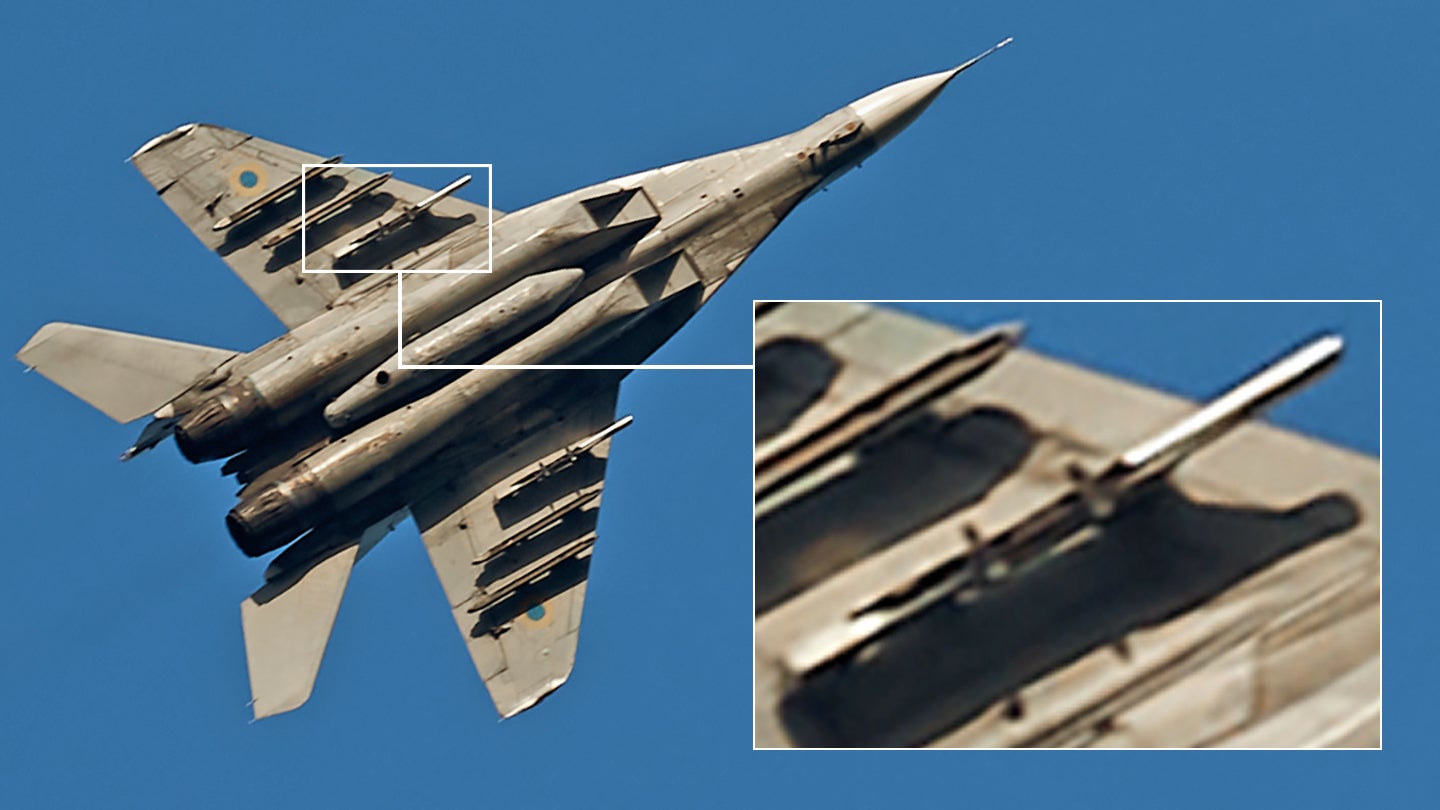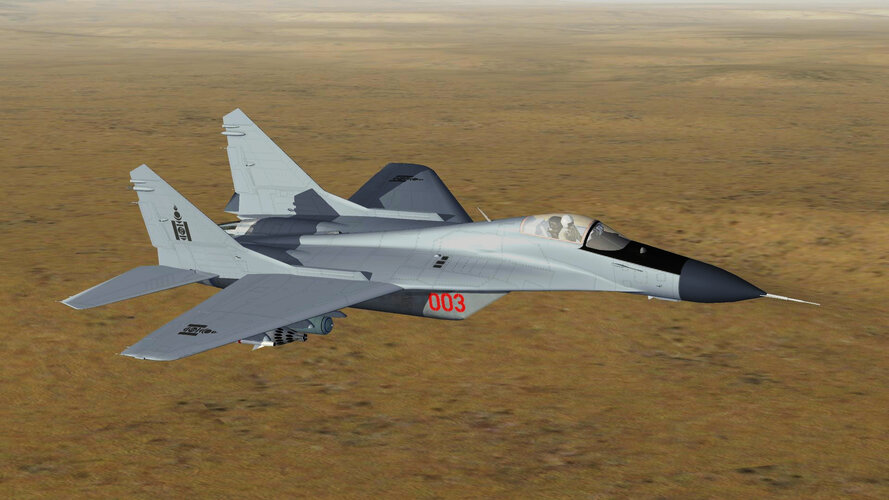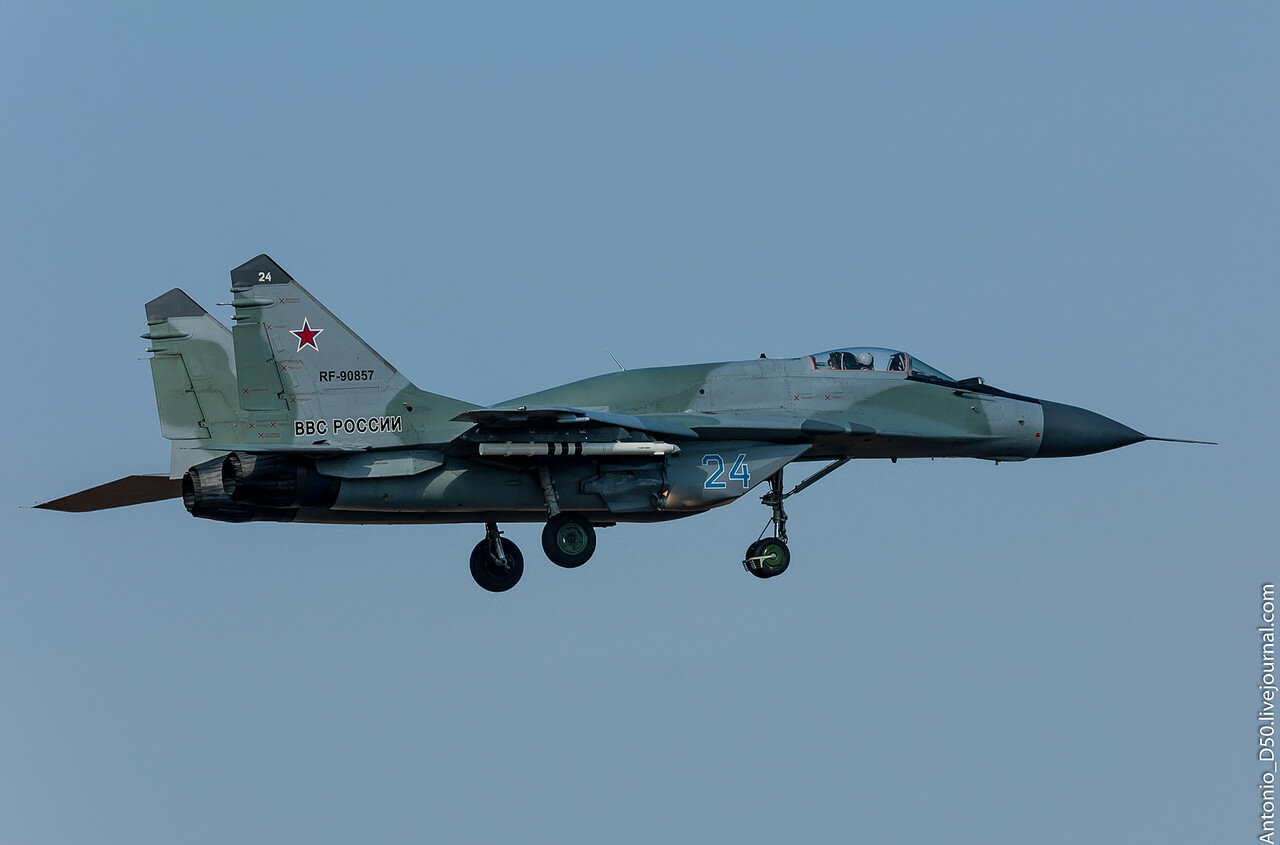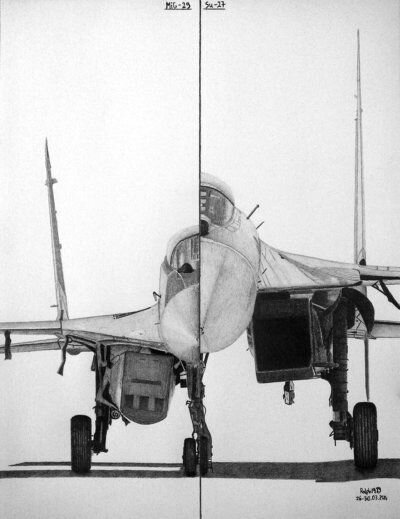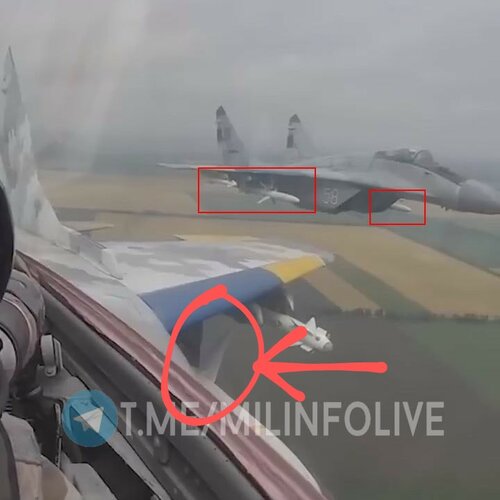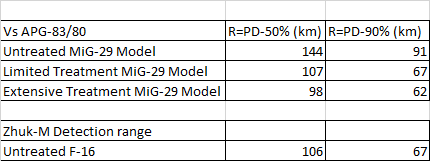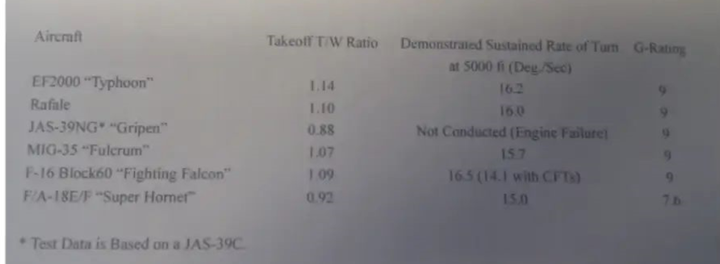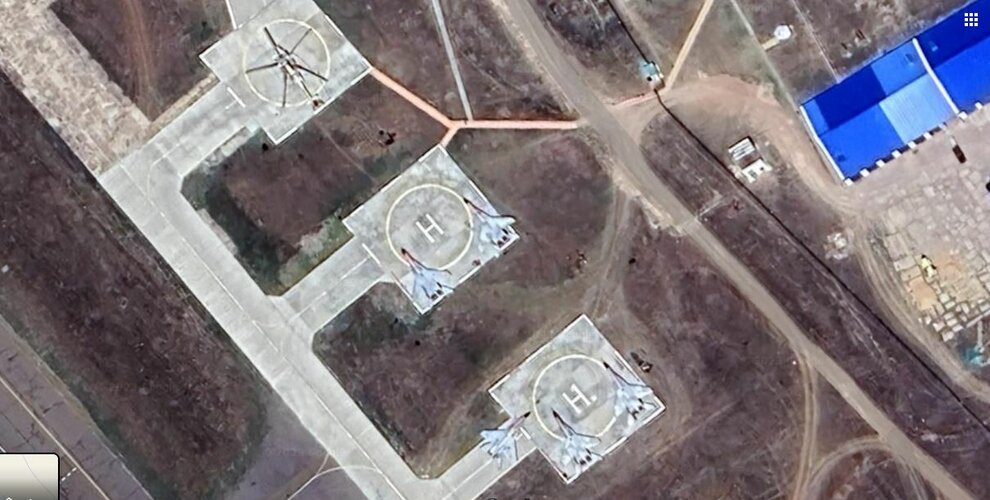Ainen
I really should change my personal text
- Joined
- 25 August 2011
- Messages
- 1,277
- Reaction score
- 1,714
The question is a2g.I don't think these comparisons can hold up.
The F-14, equivalent to the Flanker, was a terribly effective and deadly aircraft during the Iran-Iraq conflict, where I think that an F-18/F-16, equivalents to the MiG-29, might not have been so deadly for one reason : they did not have the Phoeinx, equivalent to the R-37.
Currently, in the sky of Ukraine, the story is repeated. The Su-35 armed with R-37 imposes its law against the MiG-29 which for the moment has not scored a single confirmed victory against Russian piloted aircraft. While about 15 MiG-29s were lost to the enemy.
During the Iran-Iraq conflict, the F-14 scored 144 confirmed victories for less than 10 losses. Currently, only one Su-35 has been confirmed as shot down and its number of victories is still unknown.
Well, these are just some considerations.
Su-35 with R-37M are doing airspace denial. They are forced to keep away from Ukrainian airspace - and even if they breach it, they can't realize it (no targeting pod across VKS, no suitable a2g weapon). There was simply no money for it, even when the equipment was technically available.
The force wasn't built for the mission, wasn't equipped for the mission, and wasn't trained for the mission. No surprise it can't do it.
This is the price of specific procurement/strategy choices.
On the other hand, it is something USNs' Hornets/Superhornets would've done rather easily. Because they can not only suppress a2d (and are trained at it), but also can follow on to destroy it. And then, being properly equipped, armed, and trained - they can realize achieved airspace control to enemy's detriment.
This is also the result of procurement/strategy choices.
Was it possible to build VKS differently? Argument can be made, that yes, it was - Mig-29 centric force, equipped and taught to do offensive a2g, could've been a rough analog of modern USN air wing. Especially since mig-29 is for a decade equipped to do it - even without VKS guidance and funding. They did it on their own, Sukhoi - didn't (could've done it, demonstrated it, but didn't).
Was it possible to build NAVAIR differently? Yes, it was, F-14 force could've been retained (in principle). At the obvious expense and thus leading to a likely smaller resulting force with lower readiness and sortie generation, of course, but it could.
It's requiring too much from an early 1980s aircraft. Ukrainian pilots are fighting against 20-30 years of technological advance and against a vastly superior force(numerically, structurally, and qualitatively). Even the very last soviet migs (adder-capable) would've been a major boost, but Ukraine just doesn't have them.MiG-29 which for the moment has not scored a single confirmed victory against Russian piloted aircraft.
I'd argue that any modern Mig variant would've easily achieved much more.

